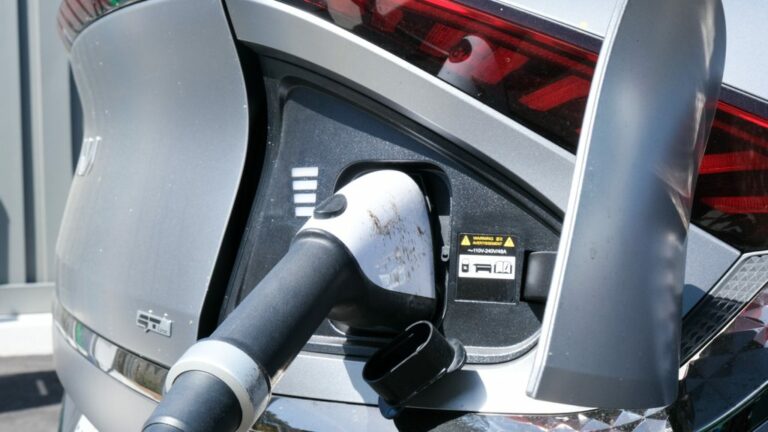Revolutionizing Electric Vehicle Range
One of the biggest challenges facing electric vehicles (EVs) is their limited range. While most EVs offer between 200-300 miles per charge, planning long trips requires careful consideration of charging station availability. However, recent research from South Korea may have uncovered a solution to this problem. According to a report by GreenCarStocks, researchers have potentially found a way to reduce silicon swelling in traditional EV battery designs, which could allow batteries to store up to ten times more electricity than current models.

This breakthrough could exponentially increase EV range, potentially reaching up to 3,000 miles. While it’s still important to plan charging stops, this innovation could significantly alleviate range anxiety and make long-distance EV travel more practical. The technology goes beyond just new battery designs; it fundamentally changes how we approach battery chemistry, which could have far-reaching implications for various applications beyond EVs, such as solar-based power systems.
Beyond Electric Vehicles
The potential impact of this research extends far beyond the automotive industry. By addressing the limitations of current battery technology, this innovation could accelerate the adoption of EVs and improve the efficiency of other battery-dependent technologies. As the world continues to shift towards more sustainable energy solutions, advancements like this are crucial for overcoming existing barriers to adoption.
While there are still challenges to overcome before this technology becomes commercially viable, the potential benefits are substantial. If successful, this breakthrough could play a significant role in driving the widespread adoption of electric vehicles and advancing other renewable energy technologies.



